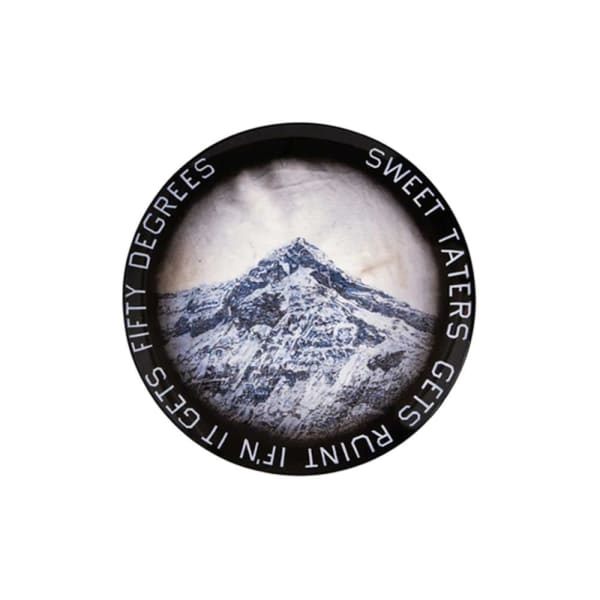Ed Ruscha U.S.A, b. 1937
Ed Ruscha is an American artist affiliated with the Pop Art movement. His oeuvre is diverse in his use of mediums, including painting, printmaking, drawing, photography, and film, among occasional forays into the traditions of livre d'artiste (artist's books). The high graphic quality of his compositions, and often ironic use of word-based content in his work, has become iconic of a West Coast manner of American Pop art.
While Ruscha is widely associated with the Pop art movement, he has contributed greatly to the development of Conceptual art, with precursors to his work can be traced to Abstract Expressionism, Dadaism, and Surrealism. The most iconic works by Ruscha are his paintings and limited edition prints that feature words that employ calligraphic techniques and sardonic, smooth-talking language. In many ways, these text-based works act as a critique of pop culture, the Western canon, and semantics of language itself.
'I like the idea of a word becoming a picture, almost leaving its body, then coming back and becoming a word again. I see myself working with two things that don’t even ask to understand each other.' - Ed Ruscha
In 1956, Ruscha left Oklahoma and drove to Los Angeles. He enrolled at the Chouinard Art Institute (now the California Institute of the Arts), taking courses in lettering, design and advertising. During this period he also worked as a freelance sign painter and typesetter. Ruscha started to paint while at Chouinard, and while he was unmoved by the spontaneity of Abstract Expressionism, he was inspired by the then little-known Jasper Johns, whose 1955 collage painting Target with Four Faces Ruscha later described as the ‘atomic bomb of my training’.
Ruscha’s work was featured alongside that of Andy Warhol, Roy Lichtenstein, Jim Dine and other artists in New Painting of Common Objects, a groundbreaking exhibition at the Pasadena Art Museum (now the Pasadena Museum of California Art). This pioneering museum survey of American Pop Art in 1962 was pivotal for Ruscha, leading to his first solo show one year later at the Ferus Gallery in Los Angeles.
A love of typography and everyday subject matter continues to be a significant source of inspiration for Ruscha. His inspiration is often drawn from readily accessible sources, rather than the high art of museums and other cultural institutions, such as comic strips, graphic design, advertising, and typography.
'Words have temperatures... When they reach a certain point and become hot, they appeal to me.' - Ed Ruscha
The artist's subject matter has evolved in parallel with changes in Los Angeles’ culture, slang and architecture. In his early career he frequently drew and painted the Hollywood sign, the symbol of Hollywood glamour and the fantasy of the Los Angeles film industry. Despite his fascination with changing environments, Ruscha’s art-making has remained remarkably consistent. In the decade that he employed unusual media he still preferred traditional painting and printmaking to experimenting with new techniques such as digital art. Over time, gasoline stations were gradually replaced by sunsets and mountains, although words have been a recurring theme.
Ruscha’s stylistic technique of combining high and low media and inspiration, and his striking visual design aesthetic, have made his works incredibly desirable, with numerous museums and collections worldwide have acquired his work, including the Hirshhorn Museum and Sculpture Garden, Washington, DC; the Los Angeles County Museum of Art; the Tate Modern, London; and the Stedelijk Museum, Amsterdam.





